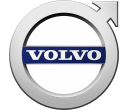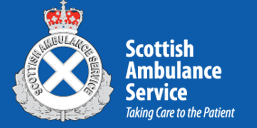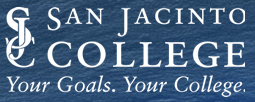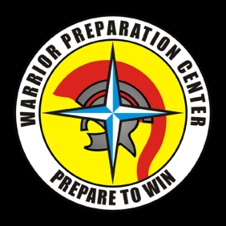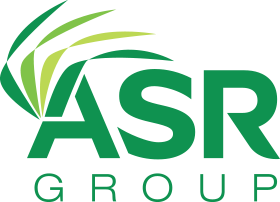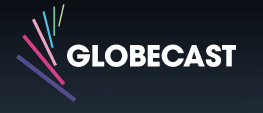USA
800 691 9120
UK
01225 704844
We use cookies on our website to analyze website usage and to help secure the website against misuse. Advertising and functional cookies are not used in our site or our web application products.
By clicking “Accept Essential Cookies Only”, you consent to us placing these cookies.
The key to successful IT Asset Management is having total visibility of assets, services, contracts, subscriptions, expenditure, processes and people. Once you have this, you can then develop processes that make managing your ITAM much easier.
Like every business, your company needs to understand the make-up and configuration of its IT infrastructure and networks. But for almost every company, the reach of these assets extends beyond your business premises: It can include employee homes, cloud services and cloud assets. Having a complete inventory benefits your entire organization in the following ways:
Costs are reduced and efficiency is improved by:
Creating this “blueprint” means setting up and maintaining a comprehensive IT asset management (ITAM) practice within your organization. By matching well-established ITAM best practices to the changing needs of your IT environment, you will optimise your processes and minimise the cost and effort required to achieve a highly effective ITAM operation.
Start by selecting a small but knowledgeable group of IT professionals. Next, task them with identifying your organization’s needs. This core team should define your program’s goals, determine what information the ITAM process will provide and who needs the output. They will also research available ITAM tools and establish the ongoing budget.
The team will also need to work with other parts of your organization, give and receive feedback, and have the authority to make decisions about your ITAM practice.
This first step is of critical importance. ITAM is a process, not a one-time task. By having a dedicated ITAM team, you can develop processes over time, organically, and have them grow as your business grows. And by giving and receiving feedback, you develop trust and build good working relationships with other areas of your business. This ensures sustainable development for everyone.
Once the plan is fully developed and approved, the ITAM team will be responsible for its full implementation.

Before implementing the plan, the team should get trained and certified.
The International Association of IT Asset Managers (IAITAM www.iaitam.org) offers a complete suite of accredited, certified courses that will provide the ITAM team with the skills and knowledge they will need to implement your ITAM practice.
Without goals, it’s difficult to measure success. Before establishing the ITAM practice, the ITAM team must define key performance indicators (KPIs). These should include, but are not limited to:
The team will need to update this list over time as they fine-tune ITAM performance.
Don’t expect to get everything done at once. Define the most important steps and work on achieving them first. By prioritizing your activities, you will see a clear path to completion and full implementation. The project will evolve organically over time and may take a year or two to reach full maturity. Again, implementing an ITAM practice is a long-term, evolutionary activity, not a one-time event. A phased approach is often beneficial. The phases involved might include:
Once all your metrics are under control, your team decides the acceptable level for each measure. Your ongoing ITAM function will then use these measures to maintain KPI compliance through monthly reporting, which will be produced by your ITAM software.
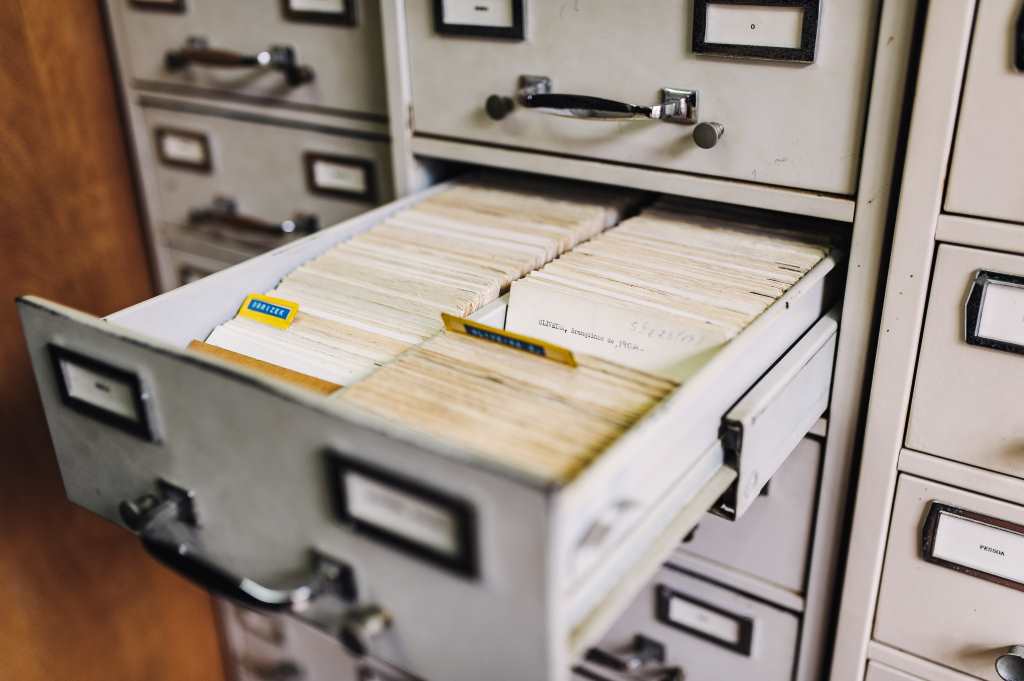
An effective ITAM solution needs the key information that sits within your existing systems and it should be up to date. These systems might include:
When your ITAM solution can integrate into the systems you have, you create a comprehensive reporting package, where all KPIs and other data can be pulled from one holistic source of all information on ITAM and ITSM. This data can feed reports, notifications, alerts and monitoring systems.
Make sure your business critical assets are clearly indicated in your ITAM solution. This will allow you to make more informed decisions if multiple devices require maintenance or repair. This will also help you increase business uptime.
Some ITAM tools support an "Importance Rating" or other similar classification which enables you to specify that an asset is important or critical to the business, beyond those where a failure would only affect one person's work.
The ITAM team needs to research and evaluate the best IT asset management tools available.
These should include capabilities for automating device discovery and identification, software discovery and license reconciliation. An appropriate solution should also incorporate a configuration management database (CMDB) or an IT asset database. Plus, the IT asset database should be able to take feeds from third party databases and toolsets (e.g. a purchasing system or Microsoft SCCM) as well as the information discovered by the IT asset software tool. To function properly – and provide real-time information – an ITAM practice should avoid relying on manual data entry such as simple databases or spreadsheets.
Commercial ITAM software tools offer a wide range of functionality. Use the information gathered during the research phase to select a tool that fits your company’s needs. Consider the tool’s implementation timeframe, ease of use and customization, range of features and functionality and overall cost of ownership. Some considerations should include:
Your ITAM practice and the information provided by the process need to be integrated into the daily tasks of managing your IT infrastructure. Beyond the usual functions of discovering assets and managing software compliance, the system should routinely be used to identify unpatched software, hardware vulnerabilities, unauthorized or dangerous software, new devices and for making purchasing decisions.
Regular, comprehensive, internal audits limit your exposure to risk and mitigate the consequences of falling foul of legal requirements. When your ITAM team takes the initiative, you can be assured that any compliance shortfalls or questionable use of assets can be nipped in the bud before they become a real problem. This will also save you money.
Implementing a robust ITAM practice is neither easy, simple nor without cost. However, cost, effort and turnaround time can be minimized by implementing these best practices and choosing an excellent toolset. Once your system is up and running, your company will reap benefits for years to come. And as your ITAM function matures, the benefits will keep increasing.
Free instances are free forever and can show demo data or your data.





